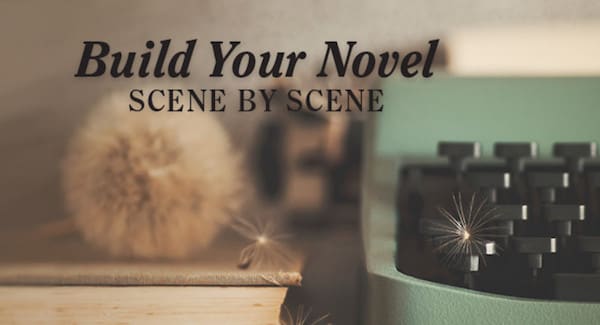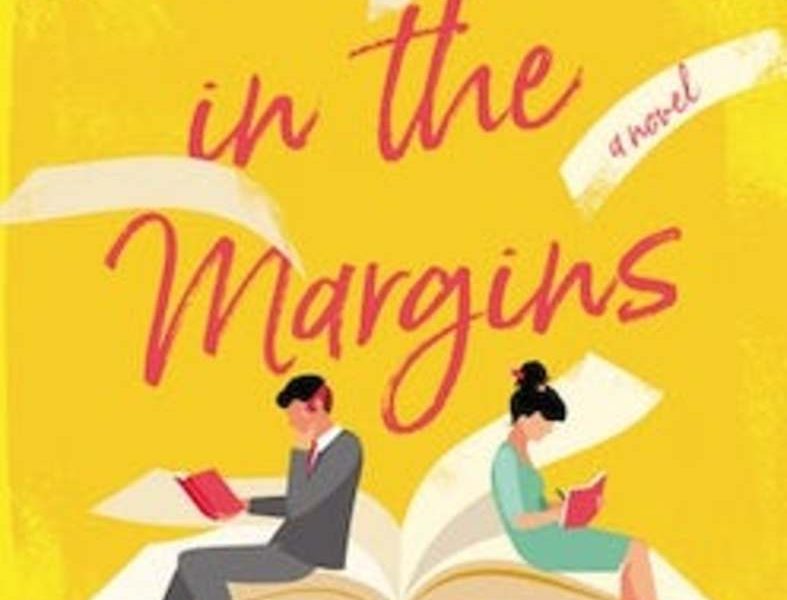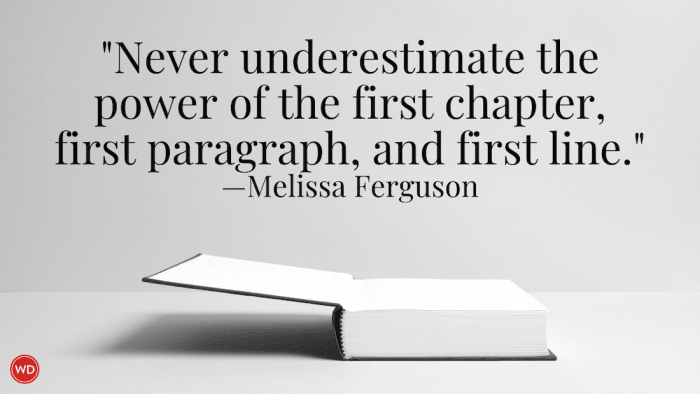Starting Your Romance Novel off With a Bang
My first manuscript went through four years of intense, alone-in-a-basement-cluelessly-banging-on-a-keyboard level work.
I was passionate about that book.
Adored that book.
I just knew that, if people could just get 40 pages in, they would see it for what it was.
(5 Keys to Writing a Slow Burn Romance)
And so, after a careful vetting process of determining an agent’s merit based on the quality of their website design and font choices, I began to send out emails, full to the brim of naïve optimism.
One day passed without reply. One week. One month. Four.
Why didn’t they like it? Didn’t they read those first 40 pages I sent¾or rather, that last page where it really started to get interesting?
Eventually I started to get replies, and while they were still in the form of rejections from editors and contest judges and agents, there was a common thread in the feedback. I needed to start off with a bang, and apparently, opening the scene with a girl watching raindrops roll down her bus window while internally monologuing about her life wasn’t it. Nor, as I knew, was it a good indicator of the adventure and romance the reader could expect from the rest of the book. But, as I told myself a hundred times, If they just stick with it until chapter three, they’d see! They’d see!
And there lay my problem. I was expecting the reader to be patient while I got all the backstory covered. I thought I absolutely needed my readers to fully grasp the personality and life and obstacles of my main character before anything exciting happened.
Then I read Stephen King’s book, On Writing: A Memoir of the Craft. And of the many, many wonderful points, one thing he noted was, “Good fiction always begins with story and progresses to theme; it almost never begins with theme and progresses to story.”
People may like and appreciate good messages. But it’s story that keeps them reading.
Because as we all know, readers have far too many incredibly well-written romances to choose from. They don’t need to be patient. Unless they know and trust an author from reading his or her previous books, it’s effortless to drop that book in favor of the other 2.2 million new books put out each year, or the millions and millions of books published in years prior.
IndieBound | Bookshop | Amazon
[WD uses affiliate links.]
Once this fact finally settled in, I spent a season going into bookstores and libraries, flipping open various books and reading the first paragraph. Often, just the first line.
Seeing what moved me, and asking myself, “Why?”
Seeing what triggered me to want to keep reading, and asking myself, “Why?”
Fairly quickly I began to understand why the strongest romances and most known and beloved books were the ones starting off in the middle of a scene. Throwing the reader into just enough excitement and mess that the reader’s eyes couldn’t help but lean forward toward the next sentence.
When I finally gave up on selling the first manuscript and wrote my next one, that’s what I did:
“If one was going to dip one’s toes into the pesky, pestilential waters of online dating, an escape plan was critical.”—The Dating Charade
I dropped my main character in the middle of a chaotic moment where she was using her tried and true means of escaping yet another notoriously bad date in an aquarium with the enlisted help of her scuba diving best friend. And in that first scene, I made sure to include four things: action, humor, general location setup for the rest of the book, and as much of an overview as possible of my main character’s perspective, romantic problem, and life.
Why? Because I needed readers to know what to expect from this book. It’s romantic comedy, so from the get-go, it was important to give readers both humor and romance. Her thoughts get quite deep for a few moments near the end of the chapter, because that also demonstrated the bigger issues of infertility, loneliness, and the foster care system that would get shouldered at other points in the book. I threw her into a romantic dilemma, demonstrating her problem and the way she reacted, giving the readers an idea and expectation about who this character was. And through a fun and funny situation she had to fight out of, I aimed to draw readers in.
Unlike my first manuscript, the book sold almost immediately into a three-book deal.
On my second book, I followed the same method:
“They say ninety five percent of the time, the first impression you have a person is right.
Well, if anyone in the audience right now was watching her clutch a plastic fern with one hand and the slumping fabric of her dress in the other, all the while beads from her costume scattered across the shadowy stage with a thousand ping-ping-pings, they’d have a fairly accurate picture of the woman formally known as Bree Leake. Or, in this particular moment, Mustardseed, fairy servant of Titania, as vital to A Midsummer’s Night’s Dream as the fern in her hand.” —The Cul-de-Sac War
In the opening scene, I made sure to include the same four things: humor, action, general location setup for the rest of the book, and as much of an overview as possible of my main character’s perspective, romantic problem, and life.
On my most recent release, I did the same:
Pacing the back corner of the packed meeting room in out-standingly uncomfortable heels, I move as silently as possible along the three feet of available aisle space between my begrudgingly accommodating coworker, Clyve, and the horde of beady osprey staring down at me from the vintage wallpaper. ” —Meet Me in the Margins
One of the most important lessons helping me get published was this: Never underestimate the power of the first chapter, first paragraph, and first line. And never forget to ask yourself, “Does this start with a bang?”

If you want to learn how to write a story, but aren’t quite ready yet to hunker down and write 10,000 words or so a week, this is the course for you. Build Your Novel Scene by Scene will offer you the impetus, the guidance, the support, and the deadline you need to finally stop talking, start writing, and, ultimately, complete that novel you always said you wanted to write.



